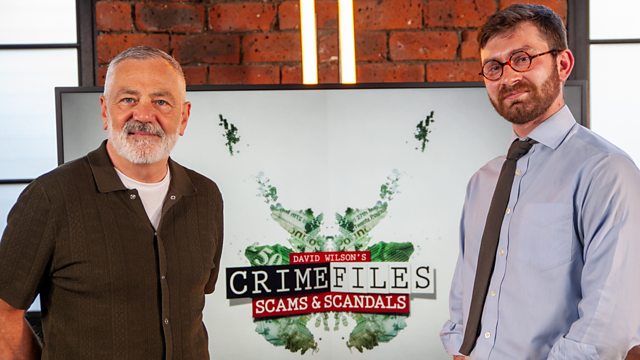
Counterfeit Art
David Wilson investigates fraud and forgery in art and literature, discovering how fake Robert Burns manuscripts are still causing problems for collectors.
Professor David Wilson investigates fraud and forgery in the worlds of art and literature. He looks back in time to explore the story of Alexander ‘Antique' Smith, the forger in Victorian Edinburgh who produced hundreds of fake Robert Burns manuscripts, selling them to unsuspecting dealers and collectors. In the National Library of Scotland, David sees some of these forgeries alongside genuine Burns manuscripts. Burns expert Dr Ralph McLean explains exactly how Smith went about producing his fakes and how they can be detected.
In the studio, David interviews Burns expert Professor Gerard Carruthers from Glasgow University. He explains how the fake Burns manuscripts are still causing problems for collectors and experts today, and how he now travels the world on a mission to authenticate Burns documents and detect the fakes.
Fraud and forgery in art is nothing new, and it can be big business. David gets a picture of art fraud through history from art expert and auctioneer James Bruce. James explains how counterfeit art can be traced back to ancient Greece, how the National Gallery of Scotland was once scammed into buying a fake Botticelli, and how, in the 20th century, a fake Vermeer once sold for £4m.
To find out how art fraud is evolving in the 21st century, David interviews tech expert Arianna Trozze, who explains the phenomenon of ‘non-fungible tokens’ - or NFTs - and how this kind of digital art authentication that relies on blockchain tech is also potentially vulnerable to fraud.
Last on
Credits
| Role | Contributor |
|---|---|
| Presenter | David Wilson |
| Production Manager | Eilis Martin |
| Executive Producer | Harry Bell |
| Series Producer | Andrew Abbott |
Broadcasts
- Tue 14 Nov 2023 22:00
- Mon 1 Apr 2024 22:30
